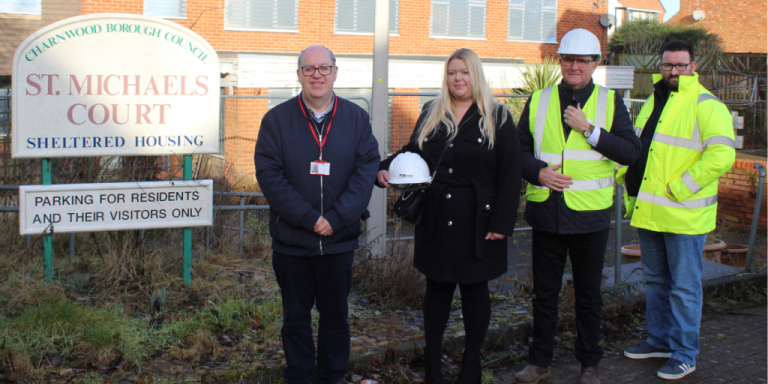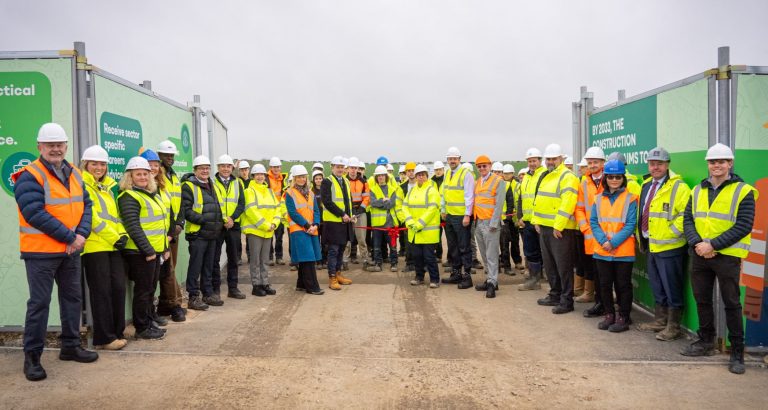Dunelm Group, the Leicester-based homewares retailer, has hailed a “good performance and strategic progress in a challenging environment” in newly released interim results for the 26 weeks to 28 December 2024.
The business saw total sales of £893.7m, up from £872.5m in the same period of the prior year, with sales growth of 2.4% driven by volume.
Profit before tax, meanwhile, reached £123.2m, increasing from £123m.Nick Wilkinson, Chief Executive Officer, said: “Our performance over the first half reflects the growing attraction of the Dunelm offer for a wide range of customers, and the quality and resilience of our business model.
“Amidst a challenging backdrop for retail, those attributes have helped us deliver increased sales, a strong gross margin, and both customer and market share growth.
“We have also pressed ahead with our strategy. Whether our customers prefer maximalist prints or neutral plains, the elevation of our product is apparent through the diverse range of styles on offer for all tastes, with quality once again endorsed through the awarding of a Royal Warrant to our Dorma brand.
“Our thriving total retail system is connecting that product with more customers, and we saw further growth in our increasingly personalised digital channels, as well as some exciting firsts for our store portfolio; we arrived in inner London at Westfield, acquired 13 stores in Ireland, and we will open our 200th store in the second half.
“As ever, whilst pleased with our results, we are eager to move faster and with greater purpose. Customers love Dunelm, but we can grow to become a destination for more customers, across more categories, more of the time.
“With our dedicated colleagues, who have shown incredible adaptability in a difficult trading environment, this gives us a renewed confidence in unlocking our full potential as The Home of Homes.”
The results come as Wilkinson has revealed his intention to retire from Dunelm and full-time executive life, following seven years in the role.Alison Brittain, Chair of Dunelm, said: “Nick has been a tremendous leader for Dunelm and amongst his many achievements, he has successfully guided the Group through a global pandemic, driven a step-change in the digital offer, established strategic capabilities across the business including in tech and data, and maintained the unique, entrepreneurial culture which makes Dunelm so special.
“Nick will continue to lead the business over the coming months as we transition to a new CEO, maintaining a focus on delivering long-term, sustainable growth for all stakeholders.”












